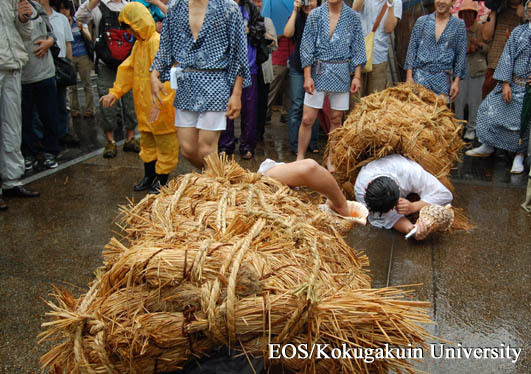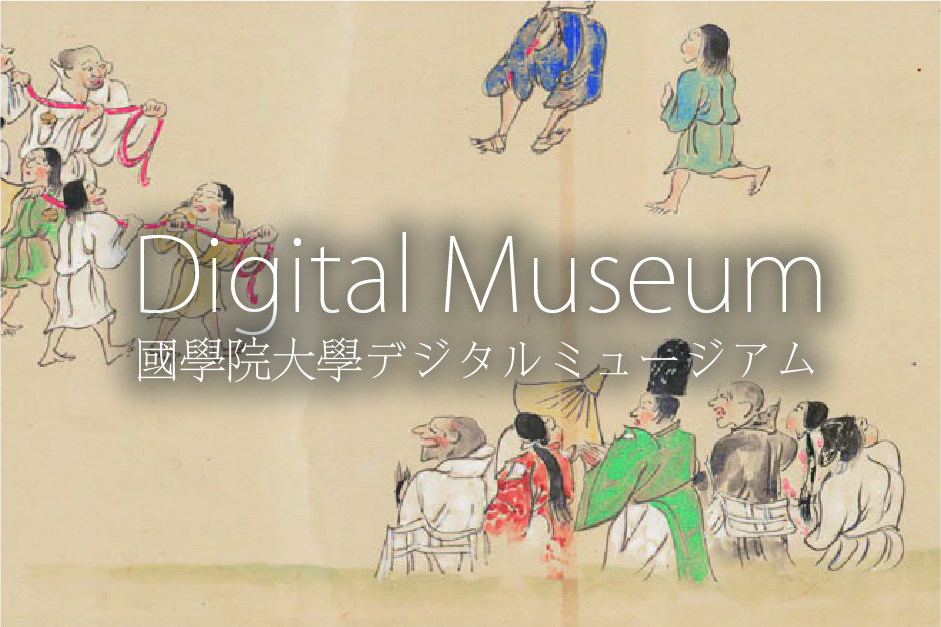- トップ
- Encyclopedia of Shinto
- Kiu, shiu
Encyclopedia of Shinto
| Main Menu: | |
| Links: |
詳細表示 (Complete Article)
| カテゴリー1: | 6. Belief and Practice |
|---|---|
| カテゴリー2: | Divination and Supplication |
| Title | Kiu, shiu |
| Text | Kiu refers to praying to kami for rainfall and shiu refers to praying to them for the cessation of rain. Since both are rain-related prayers or rituals, "rainmaking" (kiu) and "rain-halting" (shiu) are often grouped together. In the earliest record of court-sponsored rainmaking, Nihon shoki includes an entry on praying to the "all kami " and "all shrines" as well as to "famous mountains and large rivers," mentioning in particular that Empress Kōgyoku personally prayed for rain. In Shoku Nihongi, Emperor Monmu (683-707) offered a horse to the *Mikumari kami and prayed for rain in the 4th month of the 2nd year of his reign (699), indicating that rainmaking festivals gradually became performed to worship specific deities. The practice of attaching the rainmaking function to a specific kami became conspicuous from the reigns of Emperor Shōtoku to Emperor Kōnin (the second half of the eighth century), and Niukawakamisha shrine (now, Niukawakami jinja nakasha) was perceived as the rainmaking deity and named Amashigami. In the Heian period, Niukawakami Shrine remained the center of rainmaking festivals until the reigns of Emperors Kanmu and Heizei (781-809). In the subsequent reign of Emperor Saga (809-23), Kifunesha shrine (now Kibune jinja) located close to the Heian capital (present-day Kyoto), however, also became a rainmaking deity alongside Niukawakami Shrine. From around the time of Emperor Saga, rain-halting festivals to pray for the cessation of rain and the control of wind and rain became popular. In rainmaking and rain-halting festivals from the mid-Heian period onward, offerings were being made to eighty-five rainmaking kami, centering around Niukawakami and Kifune Shrines; to these two shrines, black horses were offered at rainmaking festivals and white horses were offered at rain-halting festivals. Thereafter, both types of festivals came to be widely held at non-imperial shrines. On the other hand, there are numerous examples of rainmaking rituals among the populace, including temporary seclusion in a shrine, rainmaking dances, angering the "Water kami " (suijin) to induce rain, invoking rain by sprinkling around holy water, and summoning rain clouds by sending up smoke from a mountaintop. —Shimazu Norifumi |





